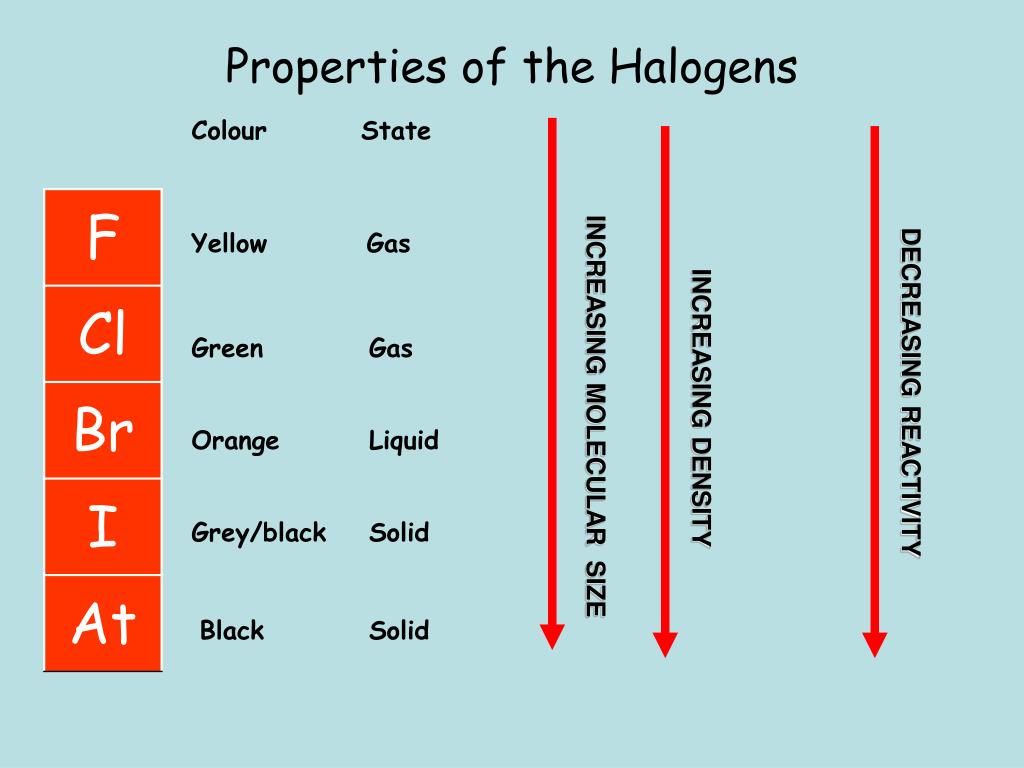
Jodmonoxid (IO) oberhalb der Nachweisgrenze wurde selten beobachtet bei höchstens 6.5☑.0 ppt. Atmosphärische Parameter legen eine zentrale Rolle lokaler Schneeoberflächen bei der Freisetzung von Chlor- und Bromverbindungen nahe. Chlormonoxid (ClO) und Chlordioxid (OClO) wurden mit Mischungsverhältnissen bis zu 105±4 ppt beziehungsweise 7.7☐.8 ppt ebenfalls beobachtet. Dieser lange Datensatz wird in dieser Arbeit mit umfangreichen Beobachtungsdaten von der Station verknüpft.Įs konnte eine regelmäßige Präsenz von Brommonoxid (BrO) mit Mischungsverhältnissen von bis zu 111.2☐.7 ppt und ausgeprägten Tages- und Jahresgängen mit Aktivitätsmaxima in Frühjahr und Herbst nachgewiesen werden, die wesentlich durch die Dynamik von Sonneneinstrahlung und Atmsophäre bestimmt sind. Von Januar 2016 bis August 2018 wurde dieses erfolgreich auf der deutschen Antarktisstation Neumayer III betrieben. Dazu wurde ein automatisiertes Messinstrument gebaut, das auf dem Prinzip der Langpfad-Differentiellen Optischen Absorptionsspektroskopie (LP-DOAS) beruht. Durch eine hohe Reaktivität verändern Halogenradikale die Oxidationskapazität der Atmosphäre und beeinflussen die chemischen Kreisläufe anderer Spurengase wie beispielsweise Ozon, Schwefelverbindungen, oder von gasförmigem, elementaren Quecksilber.ĭiese Arbeit untersucht das Vorkommen von Halogenverbindungen und anderen Spurengasen in der atmosphärischen Grenzschicht über der antarktischen Küstenregion und analysiert die Freisetzung, den Einfluss und das weitere Verhalten von Chlor-, Brom-, und Jodverbindungen. Reaktive Halogene haben großen Einfluss auf die atmosphärische Chemie in Polargebieten. A coincidence of natural new particle formation events and elevated BrO mixing ratios was observed. An annual cycle of SO2 mixing ratios up to 230☑7 ppt was detected and could be attributed to the marine sulphur cycle. The influence of cross halogen reactions on ozone mixing ratios was estimated and found in good agreement with observations.

Iodine monoxide (IO) was rarely present with mixing ratios up to 6.5☑.0 ppt. Ambient observations indicate a central role of local snow surfaces for the release of both bromine and chlorine species. Chlorine monoxide(ClO) and chlorine dioxide (OClO) were equally detected with mixing ratios up to 105±4 ppt and 7.7☐.8 ppt respectively.


This extensive record of trace gas abundances is combined with a comprehensive set of ambient observations from the station.Ī frequent presence of bromine monoxide (BrO) was detected with mixing ratios of up to 111.2☐.7 ppt and pronounced daily and annual cycles with activity maxima in spring and autumn, mostly driven by solar radiation and atmospheric dynamics. For this, an automated Long-Path Differential Optical Absorption Spectroscopy (LPDOAS) instrument was developed and successfully operated on the German Antarctic Station Neumayer III for 32 months from January 2016 until August 2018. This thesis investigates abundances of halogen and other trace gases in the boundary layer of coastal Antarctica and studies release, impact, and fate of chlorine, bromine, and iodine species. Due to a high reactivity, halogen radicals change the oxidative capacity of the atmosphere and alter chemical cycles of other trace gases such as ozone, sulphur species, or gaseous elemental mercury. Reactive halogens have a significant impact on atmospheric chemistry in the polar troposphere. Citation of documents: Please do not cite the URL that is displayed in your browser location input, instead use the DOI, URN or the persistent URL below, as we can guarantee their long-time accessibility.


 0 kommentar(er)
0 kommentar(er)
